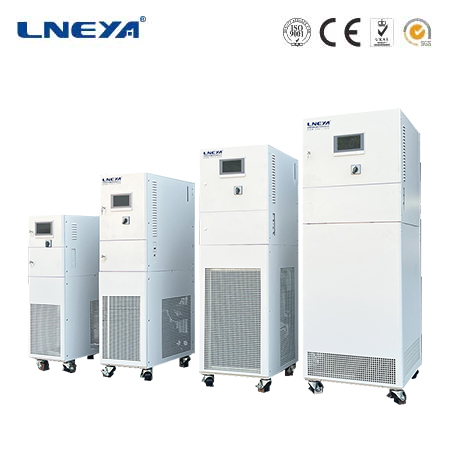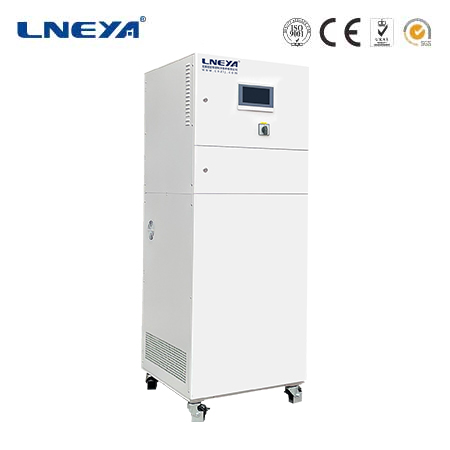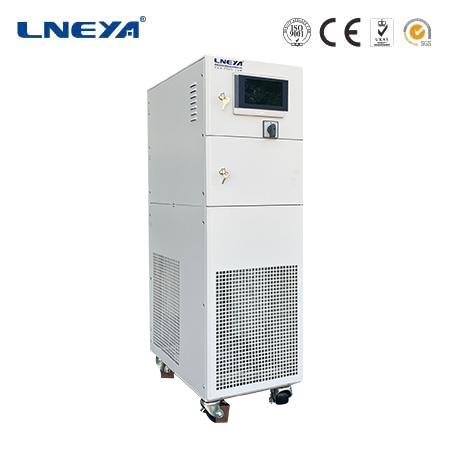air cooled chiller design
Air Cooled Chiller Design
Air cooled chillers are an integral part of many cooling systems, widely used in various applications ranging from commercial buildings to industrial processes. Their design is a complex process that involves careful consideration of multiple factors to ensure efficient operation, reliable performance, and energy savings.

Key Components and Their Design
Compressor: The compressor is the heart of the air cooled chiller. Its design is crucial as it compresses the refrigerant gas, increasing its pressure and temperature. Different types of compressors, such as reciprocating, scroll, and centrifugal compressors, can be used depending on the required cooling capacity and operating conditions. For smaller air cooled chillers, scroll compressors are often preferred due to their compact size, high efficiency, and low noise operation. In larger chillers, centrifugal compressors may be more suitable as they can handle higher volumes of refrigerant. The design of the compressor also needs to consider factors like the compression ratio, which affects the efficiency and performance of the chiller.
Condenser: The condenser in an air cooled chiller is responsible for rejecting heat from the refrigerant to the ambient air. It consists of a series of coils and fins. The design of the condenser coils focuses on maximizing the heat transfer surface area. The fin spacing and tube arrangement play a vital role in determining the heat transfer efficiency. Fin spacing that is too small can lead to dust and debris accumulation, reducing the heat transfer effectiveness, while too large a spacing may not provide sufficient surface area for heat dissipation. The choice of materials for the coils, such as copper or aluminum, also impacts the heat transfer rate and the durability of the condenser. Additionally, the design of the condenser must take into account the air flow pattern. Properly designed fans are used to ensure an even distribution of air across the condenser coils, enhancing the heat transfer process.

Evaporator: The evaporator is where the refrigerant absorbs heat from the medium to be cooled. Similar to the condenser, the design of the evaporator coils aims to optimize heat transfer. The type of heat transfer fluid, such as water or a glycol solution, and its flow rate through the evaporator coils need to be carefully considered. The design also involves determining the appropriate number of passes of the fluid through the coils to achieve the desired temperature drop. In some cases, enhanced tubes with internal fins or other heat transfer enhancements may be used to improve the heat transfer coefficient in the evaporator.
Expansion Valve: The expansion valve reduces the pressure of the high-pressure liquid refrigerant coming from the condenser, allowing it to evaporate in the evaporator. There are different types of expansion valves, including thermostatic expansion valves (TXV) and electronic expansion valves (EXV). The design of the expansion valve needs to ensure accurate metering of the refrigerant flow based on the load requirements. TXVs use a temperature sensor to control the refrigerant flow, while EXVs offer more precise control and can adapt to varying load conditions more effectively.
Refrigerant Selection
The choice of refrigerant is an important aspect of air cooled chiller design. Different refrigerants have different thermodynamic properties, such as boiling points, latent heats of vaporization, and critical temperatures. These properties affect the performance and efficiency of the chiller. In recent years, there has been a shift towards using refrigerants with lower global warming potential (GWP) due to environmental concerns. For example, refrigerants like R-410A and R-32 are commonly used in modern air cooled chillers as they have relatively lower GWP compared to some older refrigerants. The design of the chiller needs to be compatible with the selected refrigerant in terms of materials of construction, pressure ratings, and lubrication requirements.

Heat Transfer Optimization
To improve the efficiency of air cooled chillers, heat transfer optimization is essential. This involves enhancing the heat transfer in both the condenser and the evaporator. In addition to the design of the coils and fins, techniques such as using high-performance heat transfer fluids, improving the air side heat transfer by optimizing the fan design, and ensuring proper insulation of the refrigerant lines can all contribute to better heat transfer. Computational fluid dynamics (CFD) analysis can be used during the design process to simulate the air flow and heat transfer within the chiller, allowing for the identification of areas for improvement and optimization.
Impact of Ambient Conditions
The design of air cooled chillers must take into account the ambient conditions where they will operate. High ambient temperatures can reduce the efficiency of the condenser as it becomes more difficult to dissipate heat. In such cases, the design may need to incorporate features like larger condenser coils or more powerful fans to compensate for the reduced heat transfer effectiveness. Humidity levels can also affect the performance of the chiller, especially in terms of the potential for frost formation on the evaporator coils. The design may need to include defrosting mechanisms or proper control strategies to deal with these issues.
Control Systems
An effective control system is crucial for the efficient operation of air cooled chillers. The control system monitors and regulates various parameters such as refrigerant pressure, temperature, and flow rate. It can adjust the operation of the compressor, fans, and expansion valve based on the load requirements. Modern control systems often use advanced algorithms and sensors to optimize the performance of the chiller, ensuring that it operates at the most efficient point under different operating conditions. For example, variable speed drives can be used to control the speed of the compressor and fans, reducing energy consumption when the cooling load is lower.
Energy Efficiency and Noise Reduction
In today’s energy-conscious world, energy efficiency is a key consideration in air cooled chiller design. Designers strive to improve the coefficient of performance (COP) of the chiller through various means, such as optimizing the heat transfer components, using efficient compressors, and implementing intelligent control systems. Noise reduction is also important, especially in applications where the chiller is installed in or near occupied areas. The design can incorporate features like sound insulation materials, improved fan blade designs to reduce aerodynamic noise, and vibration isolation mounts to minimize noise transmission.
In conclusion, the design of air cooled chillers is a multi-faceted process that requires a comprehensive understanding of thermodynamics, heat transfer, fluid mechanics, and control systems. By carefully considering the design of key components, refrigerant selection, heat transfer optimization, ambient conditions, control systems, and energy efficiency and noise reduction aspects, engineers can create air cooled chillers that offer reliable, efficient, and environmentally friendly cooling solutions.
Related recommendations
machine chillers
108IntroductionIn the realm of industrial and manufacturing processes, maintaining precise temperature control is often critical for the efficient and reliable operation of machinery. Machine chille...
View detailsair cooled screw chillers
227Air - Cooled Screw Chillers: A Comprehensive OverviewAir - cooled screw chillers are widely used in various industries and applications for their ability to provide efficient cooling. They are an...
View detailsflow through chiller
227Definition and Basic StructureA flow through chiller, also known as a direct - flow chiller, consists of several key components. At its core, it has a refrigerant circuit, a heat exchanger, a pump...
View detailsenergy efficient heating and cooling systems
314Energy-Efficient Heating and Cooling Systems: Towards Sustainable Comfort The demand for energy-efficient heating and cooling systems has never been higher. As global temperatures rise and urba...
View details
 LNEYA Thermal Test Chillers
LNEYA Thermal Test Chillers






HelloPlease log in